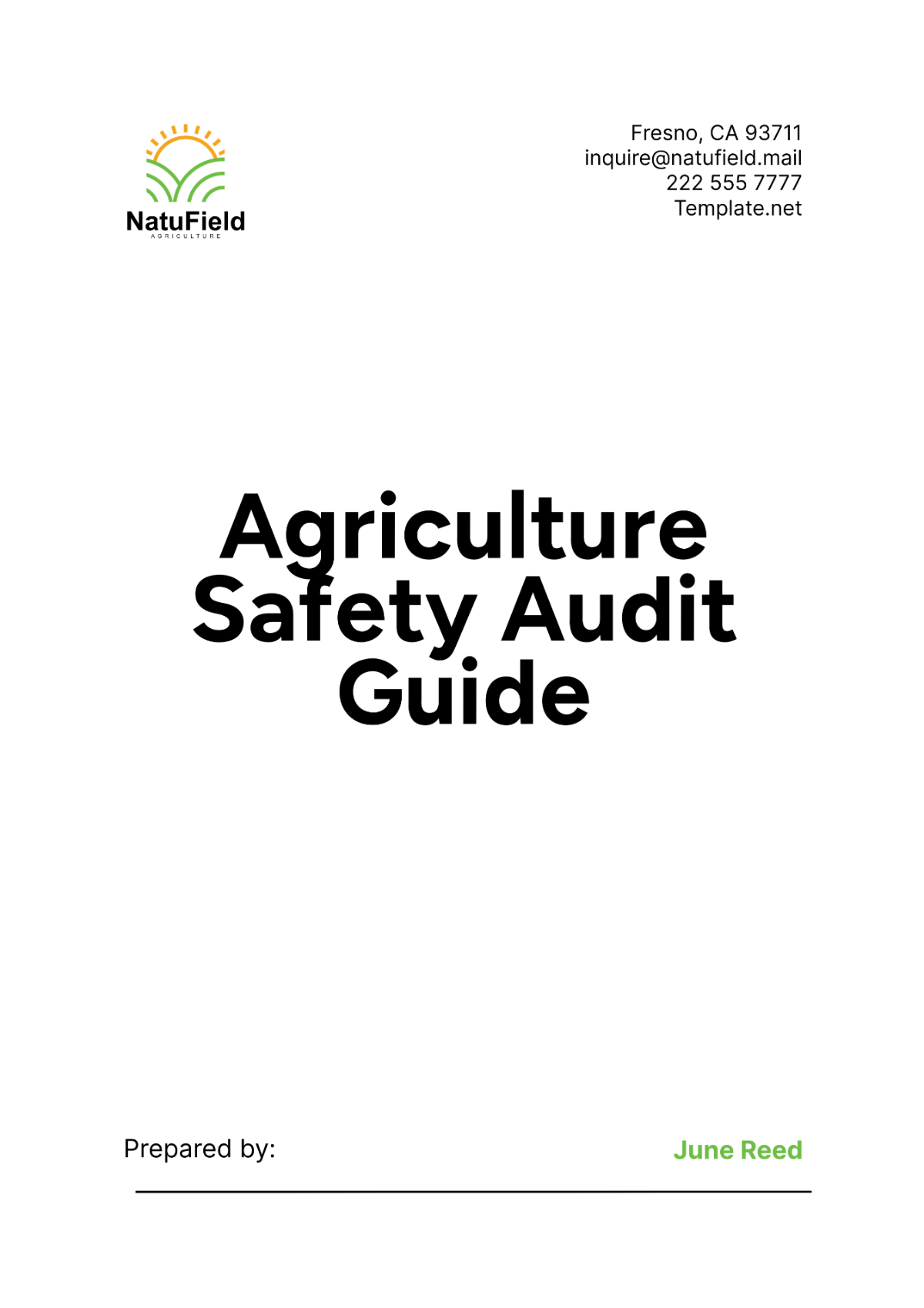Free Agriculture Safety Audit Guide
Conduct thorough audits with our Agriculture Safety Audit Guide Template! Available on Template.net, it features customizable sections for branding integration. Editable fields allow you to tailor the guide to specific audit procedures. The AI Editor Tool ensures efficient and precise creation, providing a professional framework for your agricultural safety audits!
